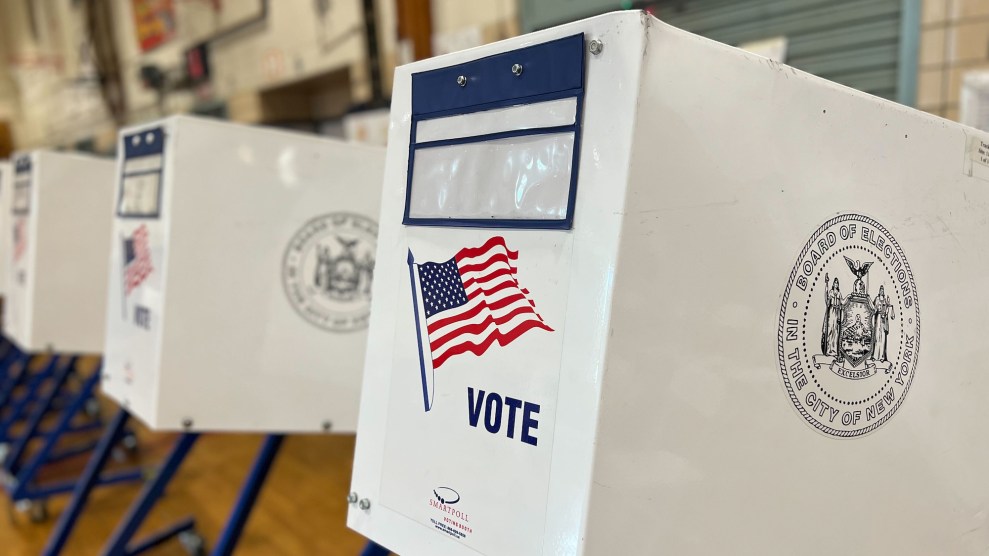
Next to John Travolta, no career comeback has been more surprising than that of plastic. Back in the ’80s, plastic was considered the environmental villain of the material world. But today’s consumers feel good about choosing products made with plastic because they think most plastic is being recycled. Nothing illustrates this change of heart better than shoppers’ responses to the “paper or plastic” question: In 1996, four out of five people chose plastic, as compared to one out of six in 1984.
What Americans may not realize, though, is that the plastic industry has merely recycled its image. The American Plastics Council (APC)—which represents “virgin” plastic producers—spends close to $20 million per year on advertising campaigns exalting plastic’s benefits (such as the recent “Plastics Make It Possible” TV ad, in which a little girl floats heavenward on the handles of a plastic bag).
And a few blemishes have been concealed in the media makeover: The plastic industry is second only to the chemical industry in its generation of ozone-depleting substances; some of the chemicals and metals in plastic can cause health problems (see this issue’s Theo Colborn interview); and despite the industry’s claim that close to 80 percent of Americans have access to a plastic recycling program, most plastic ends up in landfills.
A recent Environmental Defense Fund (EDF) study shows that less than 10 percent of plastic packaging was recycled in 1996. According to APC spokeswoman Susan Moore, some of the blame lies with consumers who “have gotten a little lackadaisical about recycling.” But others point the finger right back at manufacturers, saying they have done little to create a market for recycled plastic. Two-thirds of the national recycling companies that used to recycle plastic have stopped doing so. And many cities have been forced to drop plastic from their recycling programs, saying it’s not economically viable.
Meanwhile, the production of new plastic is on the rise. According to the EDF, in the last eight years manufacturers have produced 13 times more virgin plastic packaging than has been recycled. And of the half-dozen types of consumer plastic currently in use in this country, only two are recycled in large quantities by most communities—and those mostly end up in products such as lumber, clothing, and carpeting, all of which are not recyclable.
The industry claims that packagers need several different kinds of plastic for different applications. However, while shampoos are still bottled using four different kinds of plastic, other industries have made efforts to standardize their packaging. Some have even encouraged companies to redesign with recyclability in mind. For example, the paper industry has suggested using labels made with water-soluble adhesives in order to make paper products, such as envelopes, easier to recycle.
“That’s the kind of thing that’s not happening in the plastics industry,” says Richard Denison, an Environmental Defense Fund scientist.
“Some recyclers don’t believe that the virgin plastic producers support recyclers,” says Robin Cotchan of the Association of Post-Consumer Plastics Recyclers. Others say the only thing that could save plastic recycling is government regulation. But the plastic industry actively lobbies against state legislation requiring post-consumer recycled content in new packaging.
Even if the plastic industry isn’t “making it possible,” you can still help: Contact your local recycling program and find out exactly what they recycle; after you buy products in recyclable containers, don’t forget to actually schlepp them out to the curb or drop-off zone; consider reusing plastic containers; stay away from single-serve packaging and try to buy in bulk; if you’re really feeling frisky, call companies and tell them you want to see recycled content in their packaging; and, finally, when the next PR blitz hits, don’t believe the hype.















